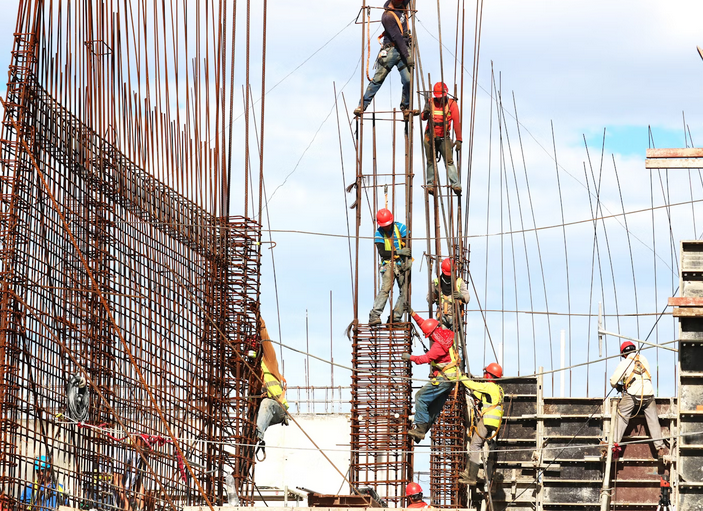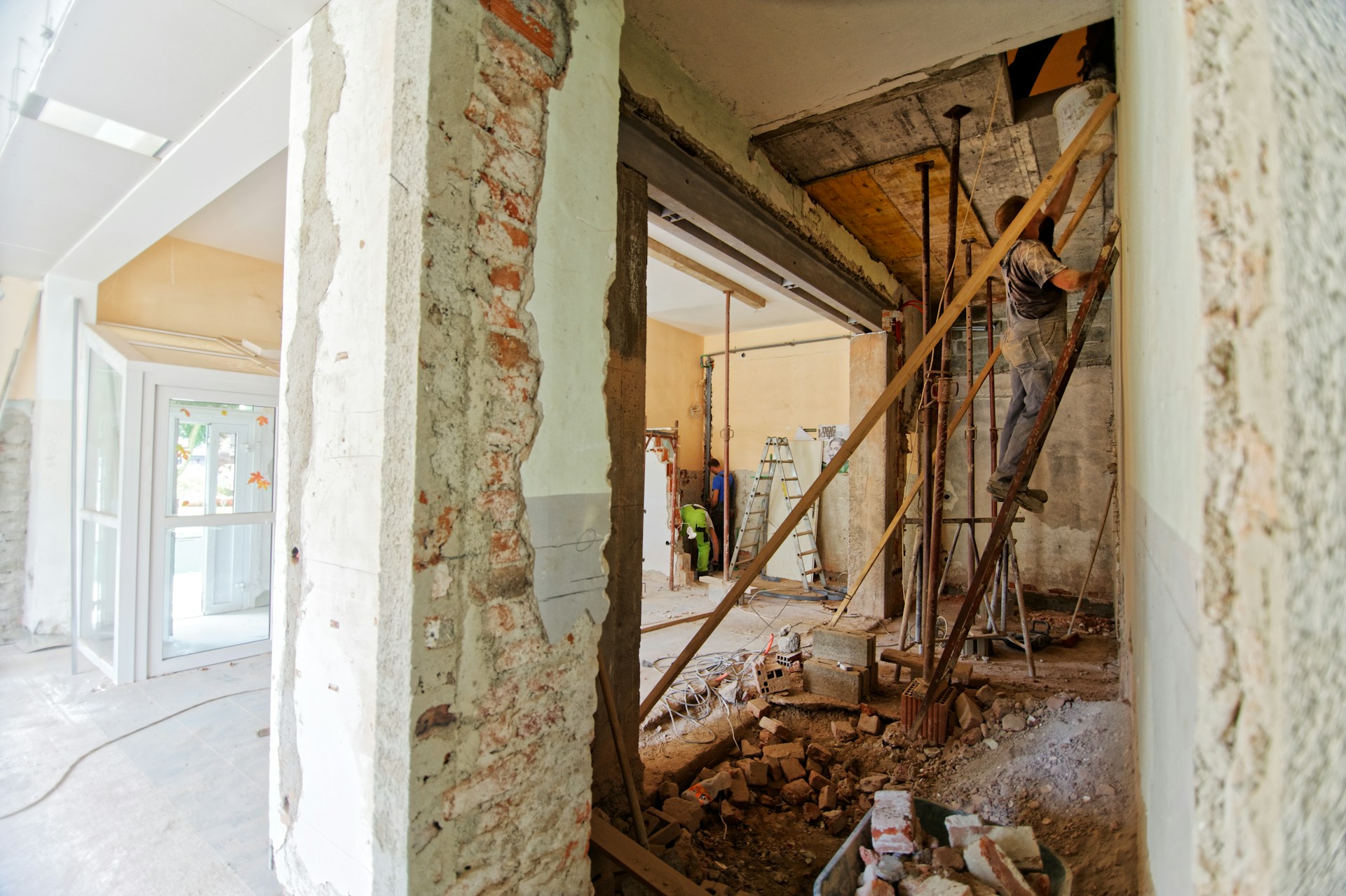Home builders play a pivotal role in shaping real estate trends, influencing everything from architectural styles and construction technologies to sustainability practices and market dynamics. With the latest building trends like those discussed at aachener-zeitung.de/leben/bauen-wohnen/hausbau-trends-2024-kompakt-und-mit-eigenleistung/13448769.html, the decisions and innovations of savvy builders not only determine the types of homes available but also impact broader housing market trends and community development. Understanding the role of home builders in this context can provide valuable insights into how real estate evolves and adapts to changing consumer preferences and economic conditions.
Innovating Design and Architecture

Home builders are at the forefront of introducing new design and architectural trends. They have the unique ability to translate contemporary aesthetic preferences into tangible living spaces. By incorporating modern architectural styles, open floor plans, and innovative layouts, homebuilders set new standards for what is considered desirable in the housing market. Their emphasis on functionality and style influences buyer preferences and drives demand for certain types of homes. As a result, builders play a crucial role in steering architectural trends and shaping the visual landscape of communities.
Embracing Sustainable Practices
Sustainability has become a significant focus in the real estate industry, and home builders are key players in advancing eco-friendly construction practices. They integrate green building materials, energy-efficient systems, and sustainable design principles into their projects. By doing so, they help reduce the environmental impact of new homes and appeal to environmentally conscious buyers. Builders who prioritize sustainability contribute to the growing trend of green homes, setting benchmarks for energy efficiency and environmental responsibility in residential construction. This shift towards sustainable practices is reshaping real estate trends by making eco-friendly homes more mainstream and desirable.
Adopting Advanced Technologies
The integration of advanced technologies in home construction and design is another area where builders exert substantial influence. Smart home systems, automation, and innovative building techniques are increasingly being incorporated into new homes. Builders who embrace these technologies provide homeowners with enhanced convenience, security, and energy management. The adoption of advanced construction techniques, like prefabrication and modular building, also improves efficiency and reduces costs. These technological advancements are shaping real estate trends by driving the demand for modern, tech-enabled homes and pushing the industry towards more efficient construction practices.
Responding to Market Demand
Home builders are highly responsive to market demand, tailoring their projects to meet the needs and preferences of potential buyers. By analyzing market trends and buyer behavior, they can develop homes that align with current consumer expectations. This responsiveness helps shape real estate trends by ensuring that new developments reflect the latest preferences in terms of size, layout, amenities, and location. Builders who accurately anticipate and respond to market demand can influence broader housing trends, such as the popularity of urban infill projects, suburban expansion, or the resurgence of multi-family housing.
Influencing Community Development
Home builders contribute significantly to community development by planning and executing residential projects that enhance the overall living environment. Their decisions on land use, infrastructure, and amenities can transform neighborhoods and stimulate local economies. Builders who focus on creating well-designed, livable communities with access to schools, parks, and retail spaces set a standard for future developments. This focus on holistic community development helps shape real estate trends by promoting the concept of integrated, self-sufficient neighborhoods that attract diverse populations and foster a strong sense of community.
Setting Quality and Safety Standards

The quality and safety of homes are paramount concerns for home builders, who adhere to stringent building codes and regulations to ensure the structural integrity and safety of their projects. By setting high standards for construction quality, builders influence the overall perception of new homes and drive market expectations. Their commitment to quality craftsmanship and safe building practices shapes real estate trends by establishing benchmarks that other builders and developers strive to meet. This focus on quality and safety contributes to the long-term value and desirability of new homes, reinforcing positive trends in the housing market.
Driving Economic Growth
The home building industry is a significant driver of economic growth, creating jobs, stimulating demand for materials and services, and contributing to the overall economic health of regions. Builders’ activities have a ripple effect on the economy, influencing everything from local employment rates to the viability of ancillary businesses. Their role in economic development helps shape real estate trends by fostering stable and thriving housing markets. As builders invest in new projects and expand their operations, they contribute to the broader economic landscape, influencing trends in housing availability, affordability, and market stability.
Home builders are instrumental in shaping real estate trends through their influence on design, sustainability, technology, market responsiveness, community development, quality standards, and economic growth. Their innovations and decisions set the direction for the housing market, impacting the types of homes available and the overall dynamics of real estate. By understanding the role of home builders, stakeholders can better anticipate and navigate emerging trends, ensuring that their investments and developments align with the evolving landscape of residential real estate.











